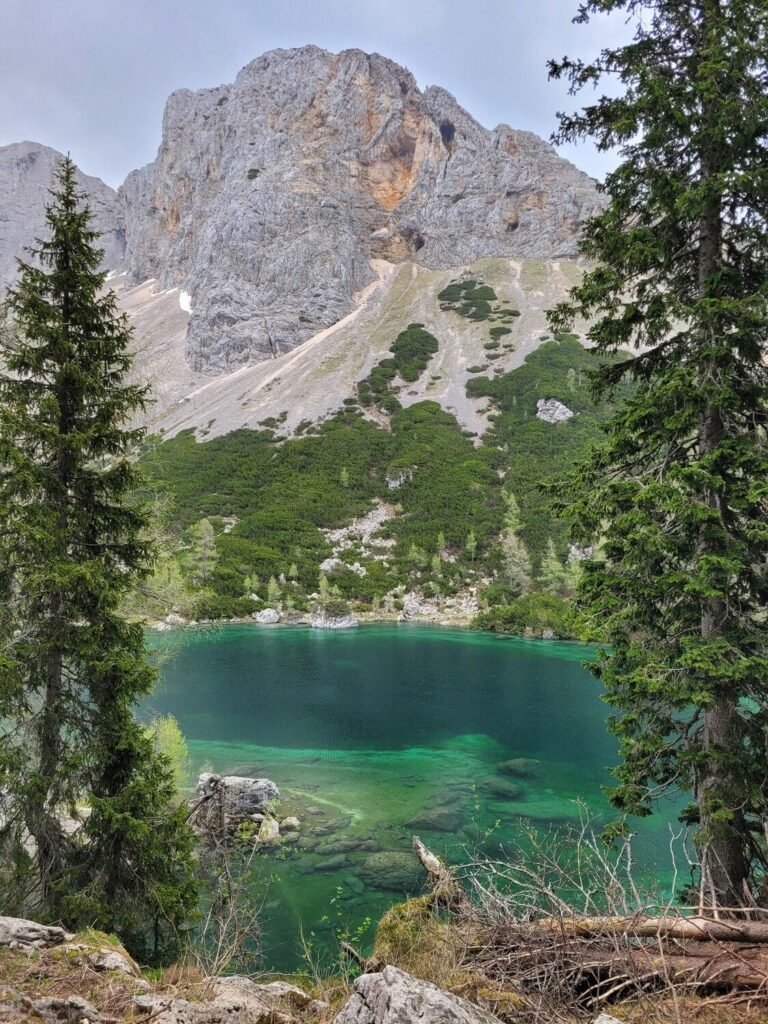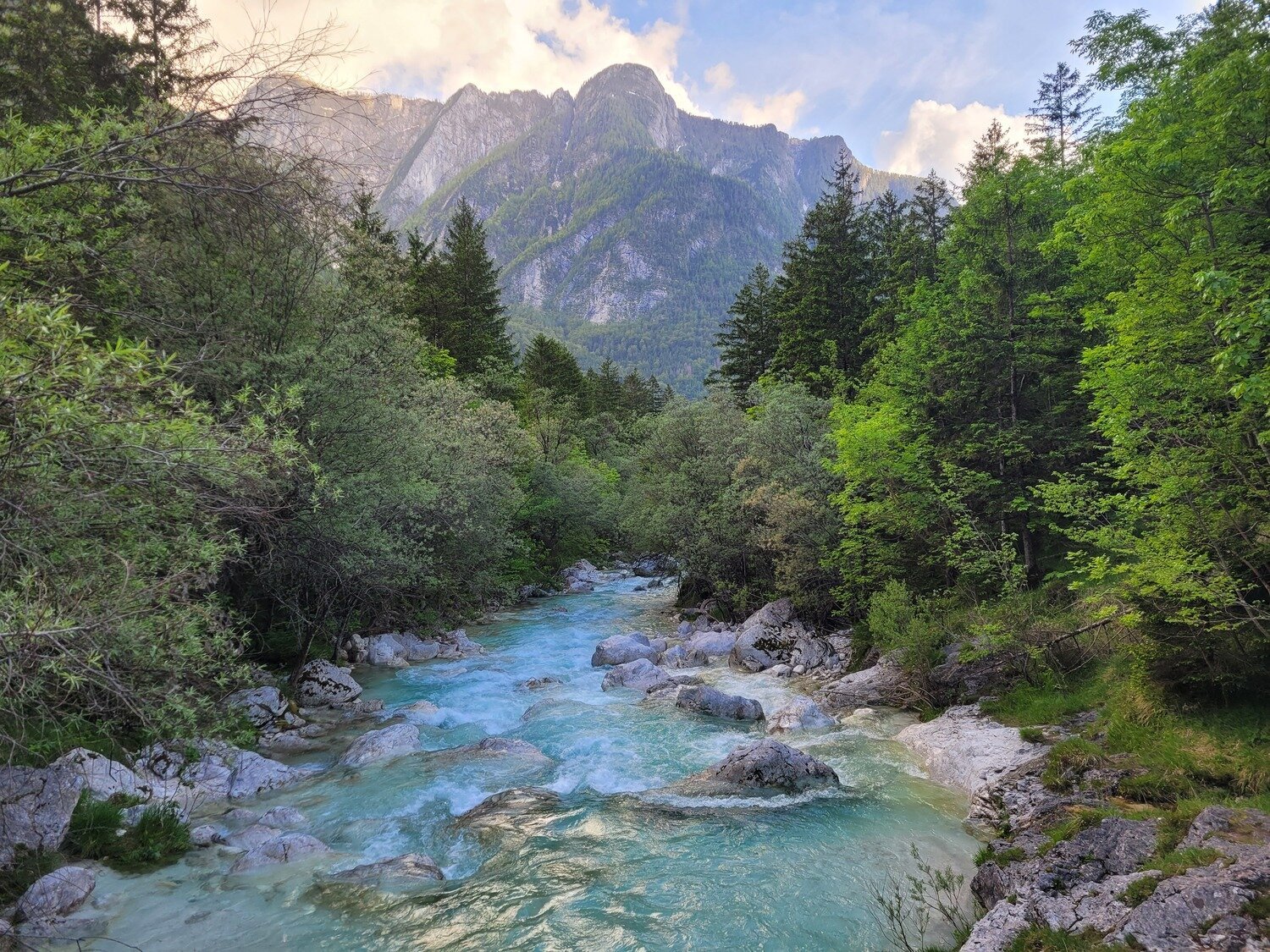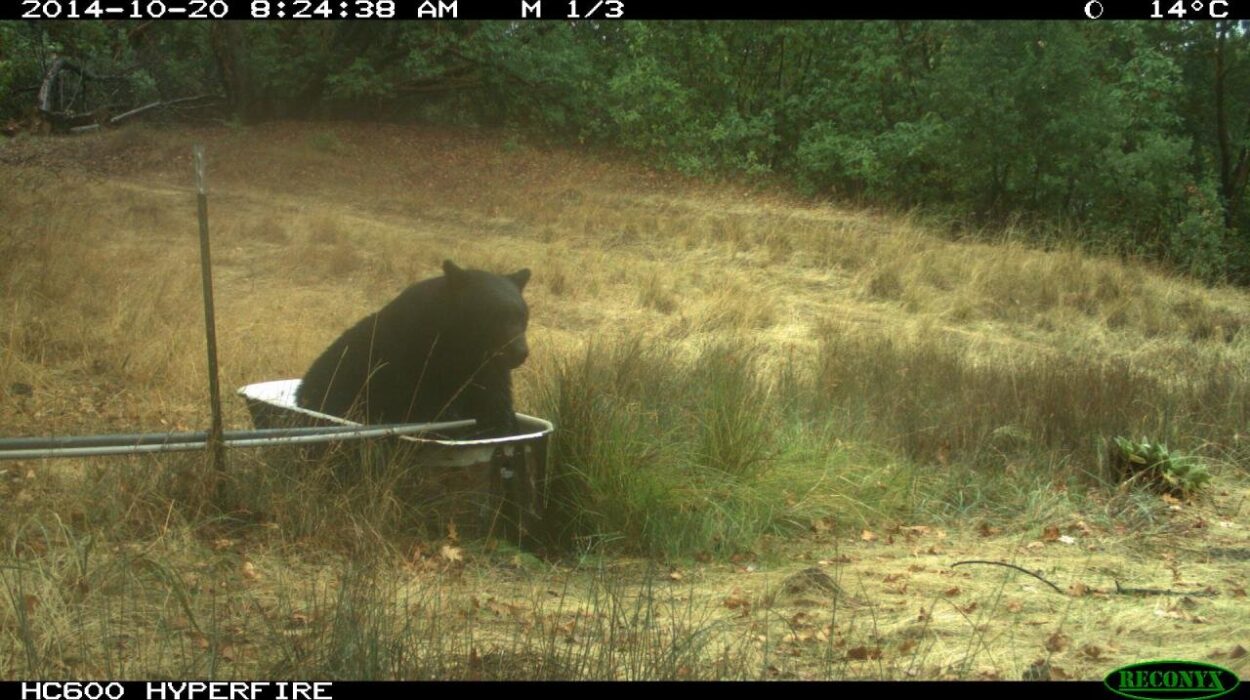Have you ever wondered why certain plants flourish in some regions but struggle to survive in others? From the towering redwoods of California to the cacti of the Sahara, plant life is remarkably diverse and often tied to specific environments. Scientists have long sought to understand the factors shaping these global plant distributions. A groundbreaking study led by researchers at the University of Göttingen, published in Nature Ecology & Evolution, provides new insights into the interplay between climate, geography, and evolutionary history in determining where plants grow.
By analyzing nearly 270,000 seed plant species worldwide, the research highlights how environmental conditions and physical barriers have influenced plant diversity over millions of years. Using cutting-edge methods that integrate plant distributions with evolutionary data, the study offers a clearer picture of how plants have spread and adapted across different landscapes throughout history.
The Role of Climate and Environment in Plant Survival
One of the study’s key findings is that environmental conditions—particularly climate—play a dominant role in shaping plant distributions. Temperature, rainfall, and soil conditions determine whether a plant can establish itself in a particular area. While some species can tolerate extreme variations, most plants have evolved within specific environmental niches, making them highly dependent on stable conditions.
Over evolutionary timescales, climate changes have continuously reshaped where plants can thrive. During periods of global cooling or warming, plant species have either migrated, adapted, or faced extinction. The study suggests that climate has remained a consistent force influencing plant distributions for millions of years, reinforcing the idea that many species are closely tied to their preferred environmental conditions.
How Physical Barriers Shape Plant Movement
While climate plays a crucial role in determining plant survival, geography also creates significant challenges for plant dispersal. The research highlights how physical barriers—such as oceans, mountain ranges, and inhospitable regions—have shaped the spread of plant species. These barriers have been especially influential in more recently evolved plant groups, preventing them from colonizing new areas.
Interestingly, ancient plant lineages have had more time to overcome these obstacles. Over millions of years, long-distance dispersal events—such as seeds carried by wind, water, or migrating animals—have allowed older plant groups to establish themselves across vast distances. This explains why some ancient plant species, like ferns and conifers, can be found on multiple continents despite geographical separations.
The Impact of Tectonic Movements on Plant Diversity
Beyond climate and physical barriers, researchers also examined how the shifting positions of Earth’s tectonic plates have influenced plant distributions. Geological data allowed them to reconstruct past continental movements, revealing that tectonic shifts had their strongest effects on plant diversity between 20 and 50 million years ago. During this time, the breaking apart of ancient landmasses created new pathways for some species while isolating others.
However, compared to climate and geographical barriers, tectonic movements were found to have a relatively modest impact on plant diversity. While they contributed to long-term changes in plant distributions, the study suggests that environmental conditions played a much more consistent role in determining where plants could survive and spread.
The Balance Between Time, Distance, and Adaptation
One of the study’s most fascinating conclusions is that, given enough time, plants have the ability to overcome vast distances and geographical barriers. However, their success in establishing new populations depends on whether they encounter suitable environmental conditions.
Dr. Lirong Cai, a lead researcher from the University of Göttingen and the German Center for Integrative Biodiversity Research (iDiv), explains: “These findings reveal a fundamental process in nature. Given enough time, plants can overcome the barriers of vast distances and geography, but they often remain limited by the environments they encounter.”

This means that while some species have managed to spread across continents, others remain confined to specific regions due to their strict environmental requirements. This insight helps explain why certain plant families are widespread while others are found only in isolated ecosystems.
Implications for Biodiversity and Conservation
Understanding the factors that shape plant distributions is crucial for biodiversity conservation, especially in the face of climate change. As global temperatures rise and ecosystems shift, many plants will struggle to adapt. The study’s findings suggest that while some species may eventually migrate to new regions, others could face significant challenges due to environmental limitations and geographical barriers.
This research also highlights the importance of preserving natural habitats. Since plants have evolved to thrive in specific environments, protecting these ecosystems is essential for maintaining biodiversity. Conservation efforts that account for both environmental conditions and historical plant distributions will be critical in ensuring the survival of plant species in a changing world.
A Window into Earth’s Botanical History
The study from the University of Göttingen provides a compelling look into the deep history of plant life on Earth. By combining modern environmental data with historical climate and geological reconstructions, scientists have uncovered fundamental principles that govern plant distributions.
These findings not only enhance our understanding of how plants have adapted to different environments over time but also offer valuable insights into how they might respond to future ecological changes. As researchers continue to explore the intricate relationships between climate, geography, and plant evolution, we gain a greater appreciation for the resilience and complexity of life on our planet.
Reference: Lirong Cai et al, Environmental filtering, not dispersal history, explains global patterns of phylogenetic turnover in seed plants at deep evolutionary timescales, Nature Ecology & Evolution (2024). DOI: 10.1038/s41559-024-02599-y






